India recently announced that it would withdraw its largest denomination currency from circulation, a move that is expected to spur a surge in gold and real estate purchases by some of its citizens, providing a temporary boost to Asia's third-largest economy .
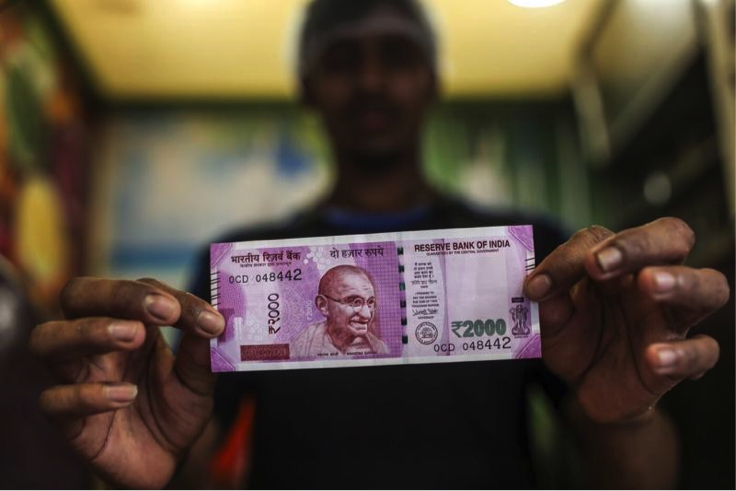
India's 2,000 Rupee note - Photo: Bloomberg.
Analysts say that in an effort to quickly spend the 2,000 Rupee notes (US$24) - the largest denomination in India and which will be withdrawn from circulation within the next four months - Indians may rush to buy gold, real estate and household items such as refrigerators and air conditioners - according to Bloomberg news agency.
This would be in contrast to what happened in 2016, when the Indian government 's decision to withdraw large amounts of cash from circulation led to long queues outside banks and ATMs in the country.
The surge in asset purchases “could be supportive of economic growth because of increased consumption,” Ankita Pathak, an economist at DSP Investment Managers, said in an interview with Bloomberg TV. “But overall, if you look at the macro environment, the increase in consumption could be more related to the fundamentals in the economy.”
The Reserve Bank of India (RBI) has given people until September 30 to deposit their Rs 2,000 notes in banks or exchange them for other denominations. The move is being driven by the RBI’s “clean currency policy” – an initiative to keep every note in circulation clean and usable.
RBI Governor Shktikanta Das reiterated that stance on Monday, saying the RBI’s move was part of the central bank’s monetary policy. “People are generally afraid of the 2,000 rupee note. It may be that after the latest announcement, people are even more afraid,” Das told reporters at a press conference in New Delhi.
The amount of money being withdrawn from circulation in this round of demonetization will be about 10.6% of the total cash notes in circulation in India, so the impact is not expected to be large. In 2016, the Indian government launched a campaign to demonetize the economy, withdrawing 86% of cash from the system, causing a sharp economic slowdown.
“With the Rs 2,000 note still a legal tender, the move could boost consumption, unlike demonetisation,” said a report by Kotak Mahindra Bank. “The Rs 2,000 notes that are not banked by the holders can be used to buy high-value items such as gold, jewellery, home appliances and real estate.”
Indian media reported a rush to buy gold in New Delhi over the weekend, with jewelers offering higher prices. Buyers may experience delays in deliveries due to the surge in orders.
People’s long-standing reluctance to disclose their cash holdings could lead to “an initial surge in spending” following the RBI’s move, according to Standard Chartered Bank economist Samiran Chakraborty.
However, the increase in gold prices after India decided to withdraw its largest denomination currency from circulation has only happened in this country. Meanwhile, the world gold price has been on a downward trend since last week, in the context of the US dollar increasing in value because international investors reduced their bets on the possibility of the US Federal Reserve (Fed) cutting interest rates this year.
On the morning of May 23, the world gold price dropped to 1,960 USD/oz, losing about 100 USD/oz compared to the 1-year peak set a few weeks ago.
Gold prices in India hit a record high of Rs 62,000 per 10 grams on Monday, breaking the previous record of Rs 61,845 per 10 grams set not long ago. Some dealers even charged Rs 65,000 per 10 grams for transactions where buyers paid in Rs 2,000 notes.
Retail gold prices in India are now about $3 an ounce above official prices (international prices plus import and excise duties), up from $5 an ounce lower last week. However, the premium is still low compared to 2016.
“There is no gold rush like the demonetization in 2016,” a gold trader in Mumbai told Reuters.
Tuong Vy (According to Bloomberg)
Source







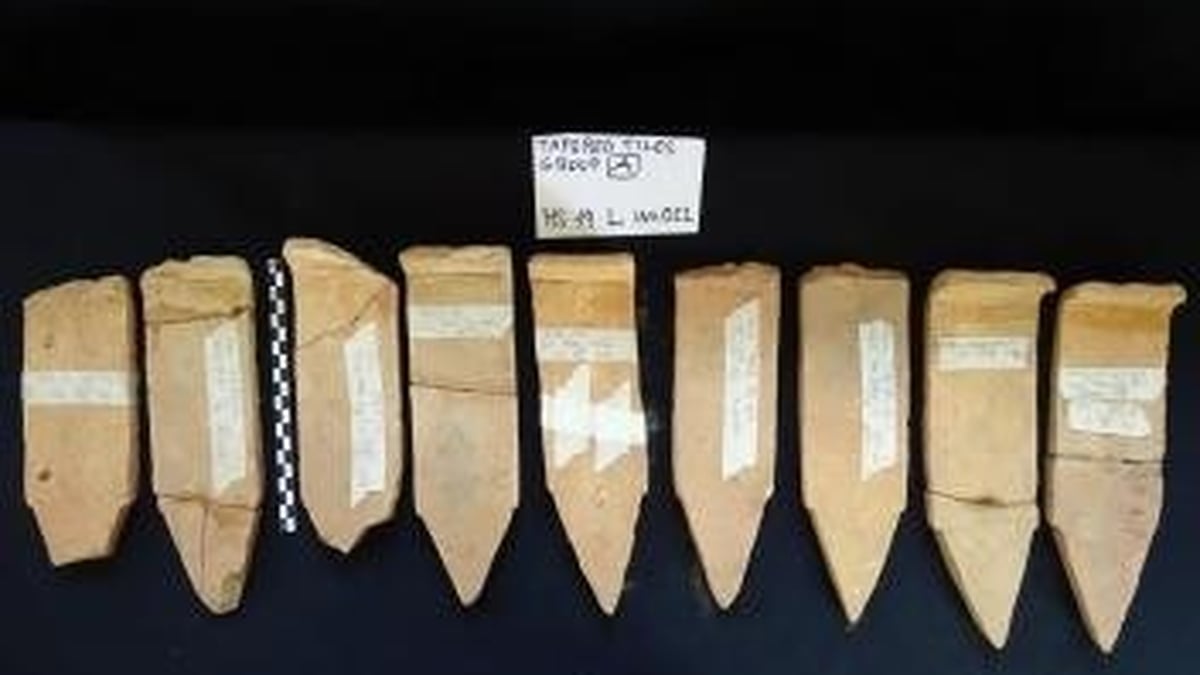
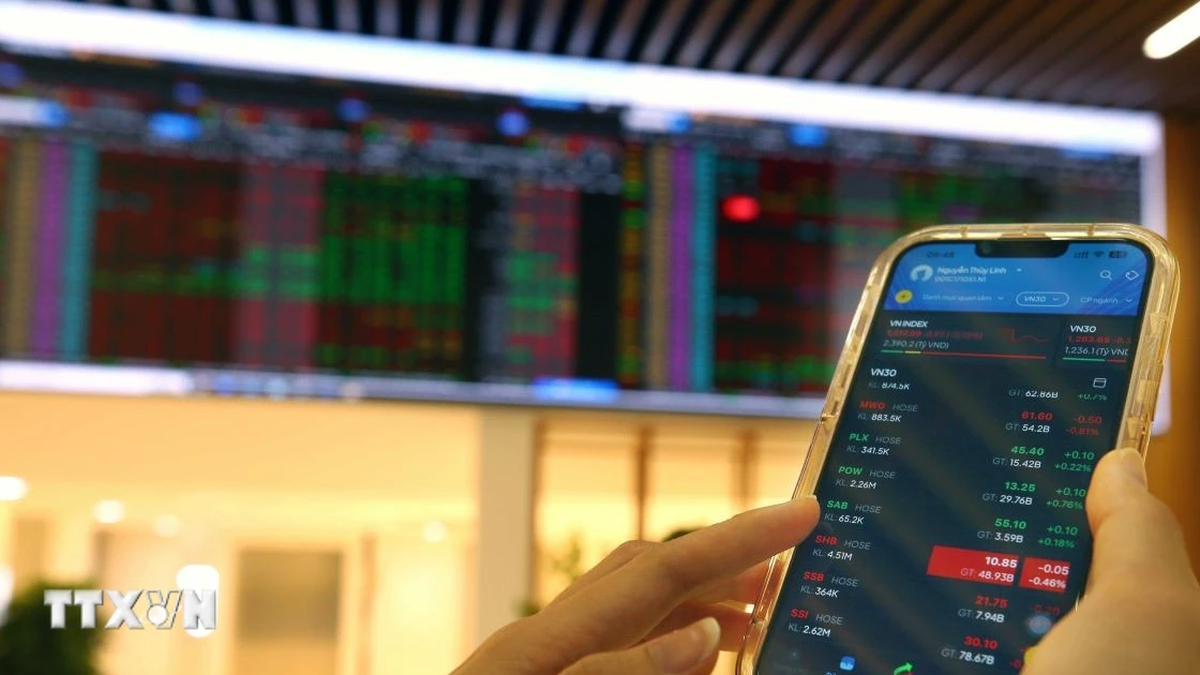
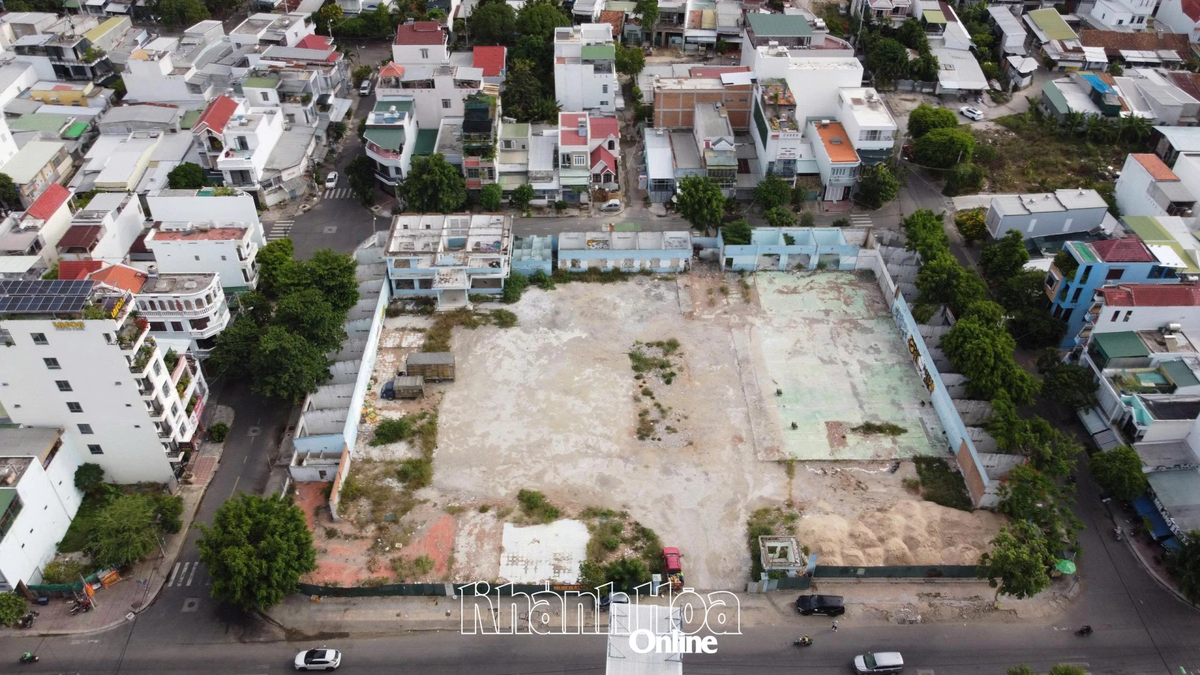












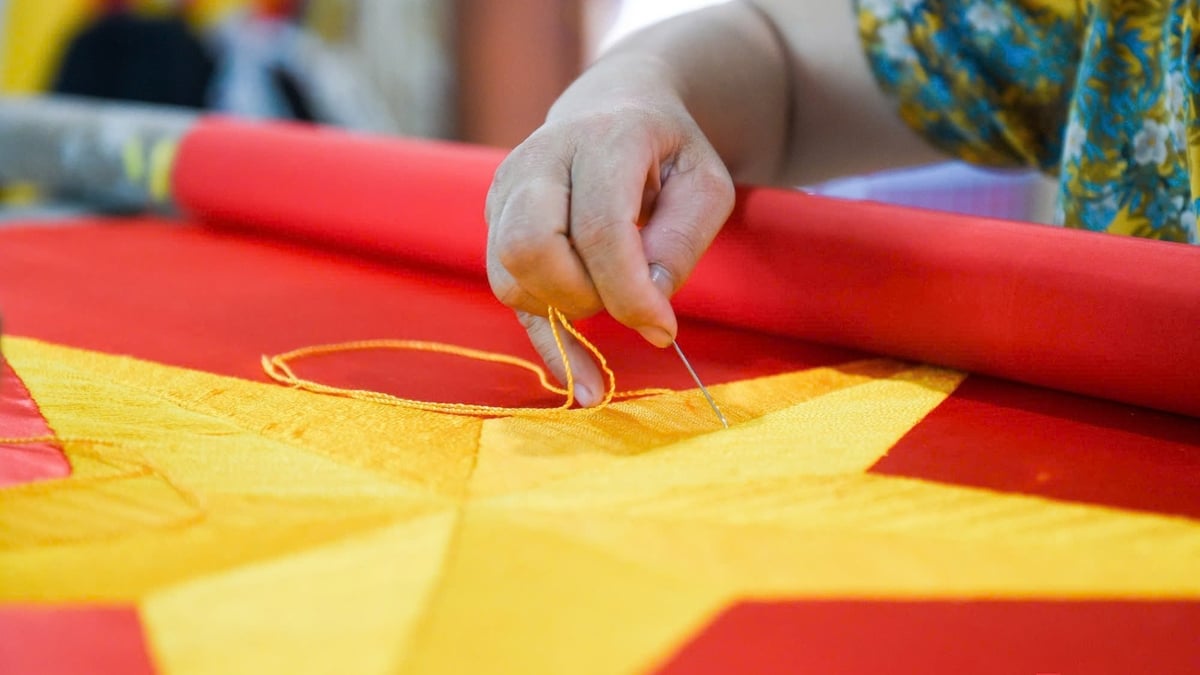


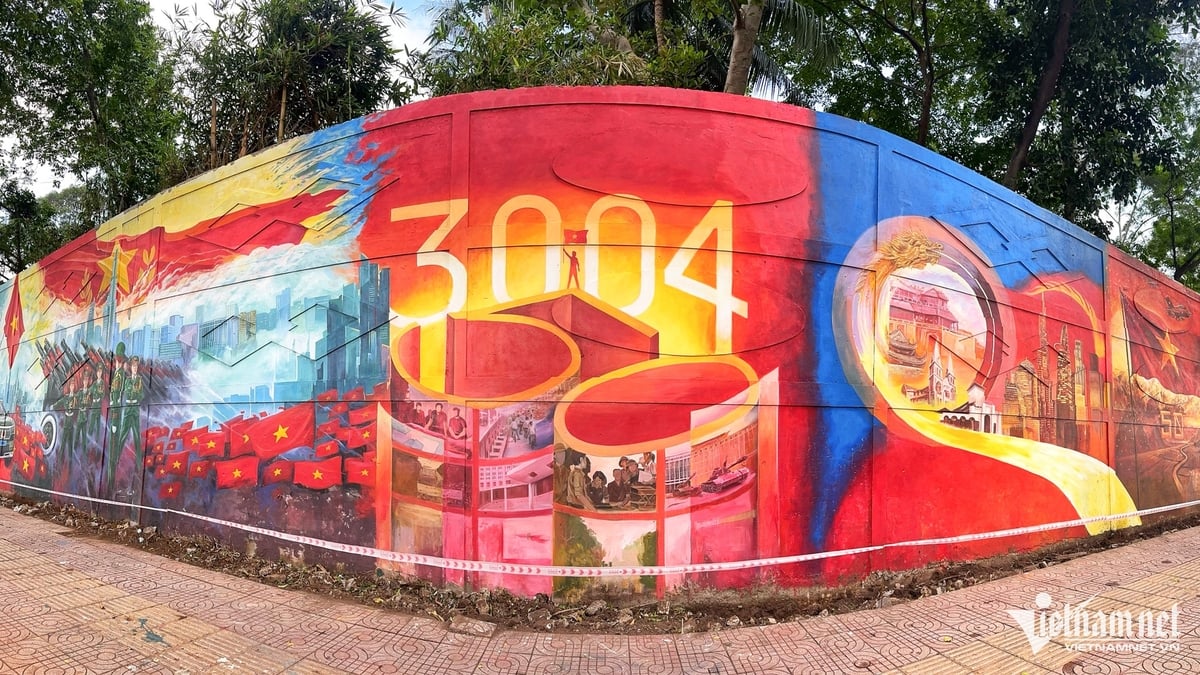










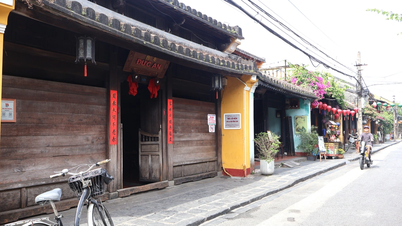





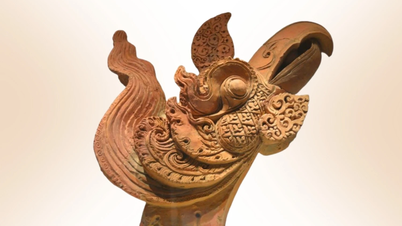












![[Maritime News] Two Evergreen ships in a row: More than 50 containers fell into the sea](https://vphoto.vietnam.vn/thumb/402x226/vietnam/resource/IMAGE/2025/8/4/7c4aab5ced9d4b0e893092ffc2be8327)





























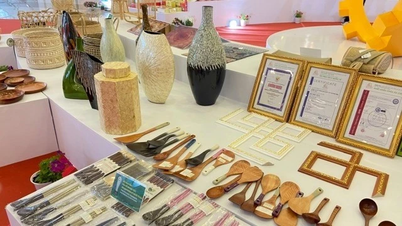
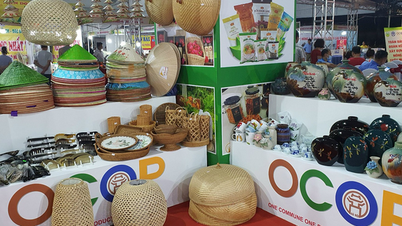













Comment (0)